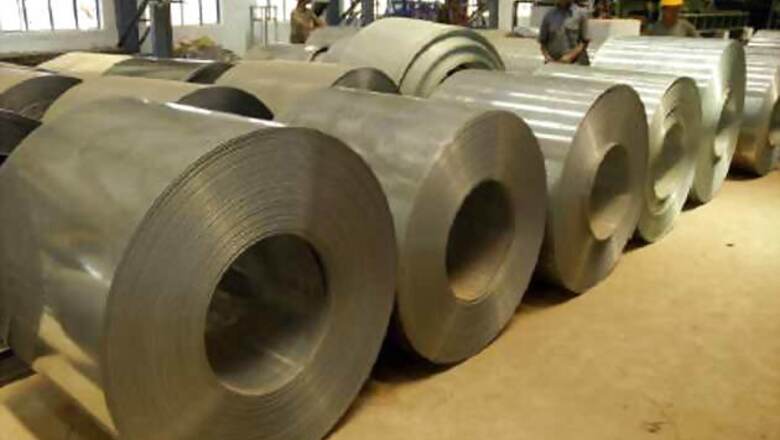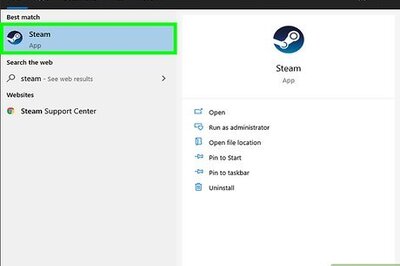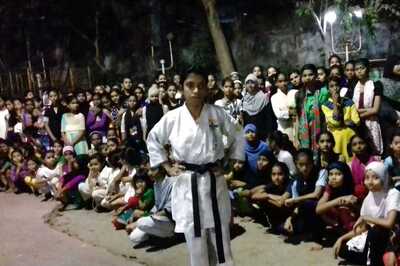
views
New Delhi: The economy extended its long slump in the quarter ending in September, with lower-that-expected growth keeping it on track for its worst year in a decade and underscoring the urgency of politically difficult reforms to spur a revival.
Quarterly gross domestic product (GDP) grew 5.3 per cent from a year earlier, provisional government data showed on Friday, below the 5.5 per cent posted in the three months ended in June and less than a Reuters poll of economists had forecast.
The number matched the performance of Asia's third largest economy in the January-March quarter, which was the weakest growth rate in three years. "The growth is bottoming and we will see an improvement from here, though not a very strong improvement," said Robert Prior-Wandesforde, Director, Asian Economics Research, Credit Suisse in Singapore. Market reaction to the data was muted.
Growth was dragged down by subdued manufacturing output growth of 0.8 per cent on the year and farming output of 1.2 per cent. The number was lower than indicated by Finance Minister P Chidambaram last week when he warned that India faced a "a difficult situation" and needed innovation to boost output.
Low growth is making it harder for Chidambaram to rein in a wide fiscal deficit, which global ratings agencies say needs to be controlled if India is to avoid losing the investment grade designation on its sovereign debt. A growth rate below 6 per cent for the third quarter in a row is damaging for a country that aspires to near double-digit expansion to provide jobs for its burgeoning population.
The slump also makes it tougher for Prime Minister Manmohan Singh to fund flagship welfare programmes ahead of a national election due in mid-2014.
Economic reforms
The crisis prodded Singh into shedding years of policy inertia to launch some of the most daring initiatives of his tenure in September, including raising subsidised diesel prices and opening sectors like supermarkets to foreign players. But analysts say India needs to take more steps quickly, including speeding up approval for infrastructure projects, overhauling the tax system and reducing its swollen deficit to revive capital investment.
Many G20 central banks have been moving to support growth through monetary stimulus, but stubbornly high inflation has made it tough for the Reserve Bank of India to reduce borrowing costs. The next monetary policy review is due on December 18, but the bank has said any interest rate cut is "highly improbable" at that meeting. The low number raised expectations of some monetary loosening, however.
"The growth is below the Reserve Bank of India's trend growth expectation, and I think the central bank will cut rates further from here," said Credit Suisse's Prior-Wandesforde. "I expect a repo rate cut in January and there could possibly be another cash reserve ratio cut in December."
Chidambaram told Reuters earlier this month that economic growth for the current financial year that ends in March could be as low as 5.5 per cent. India's economy has not grown at less than 6.5 per cent since the 2002/3 fiscal year.####




















Comments
0 comment